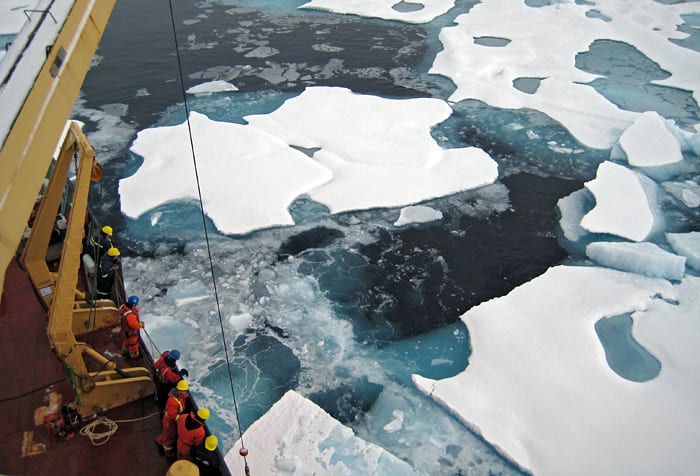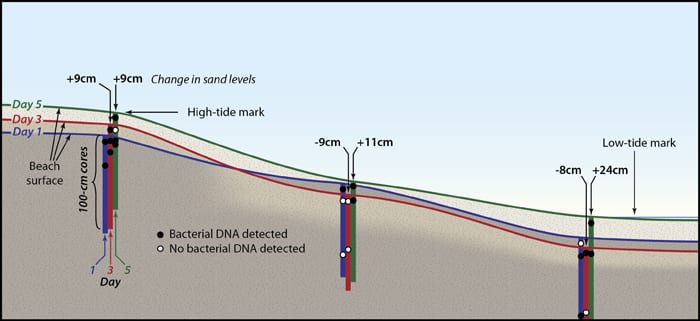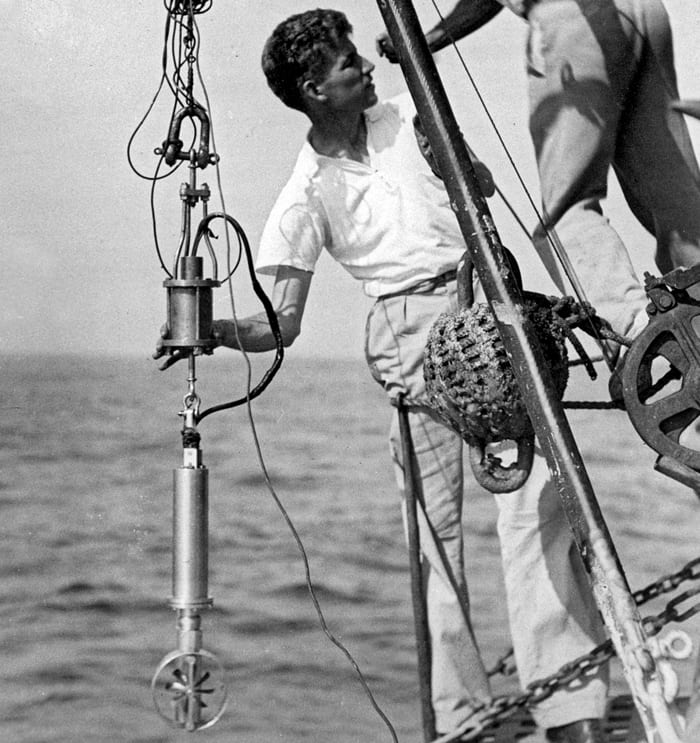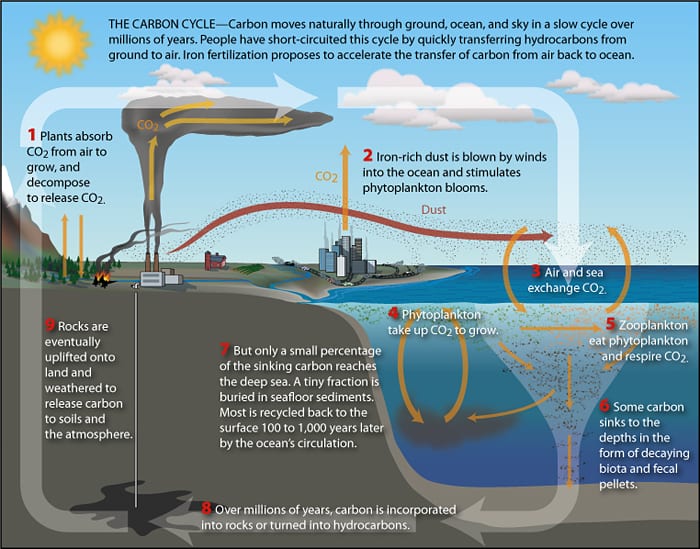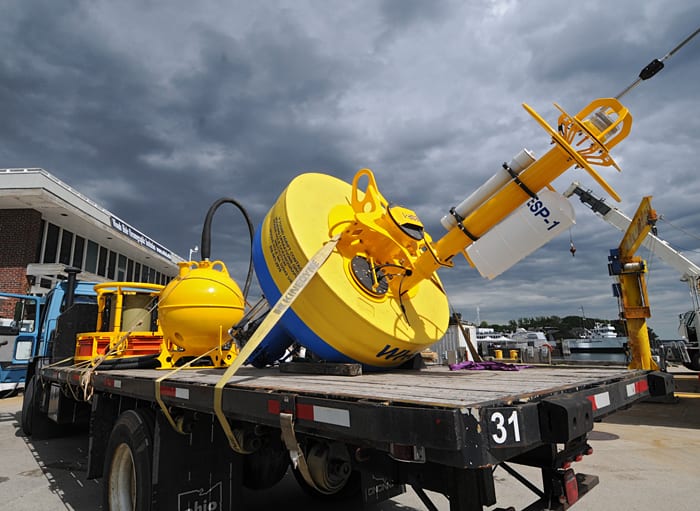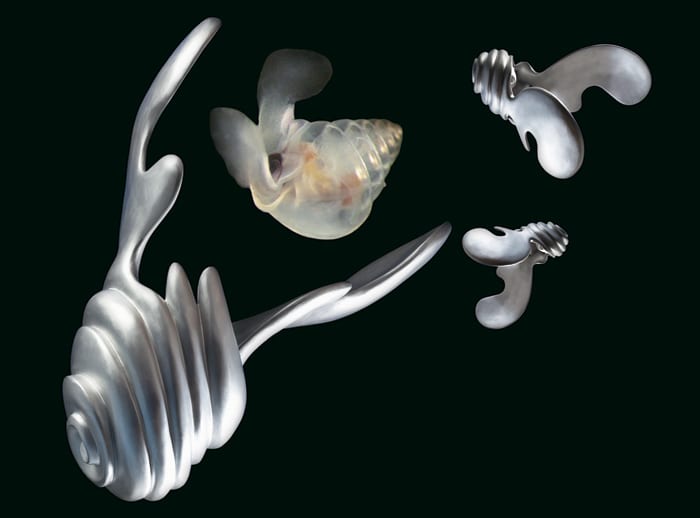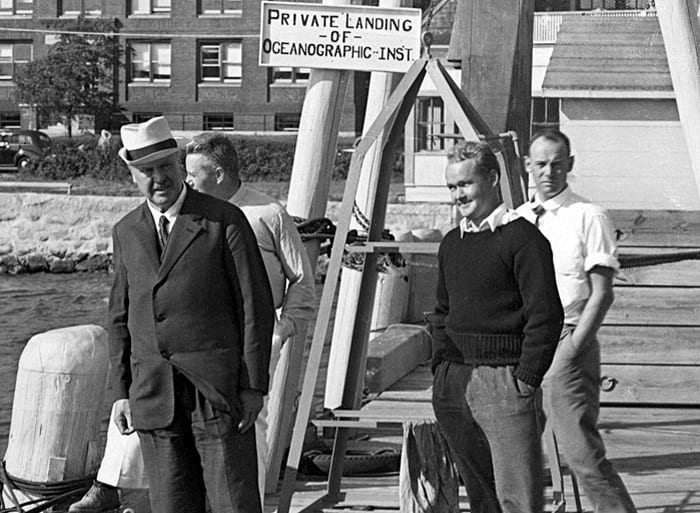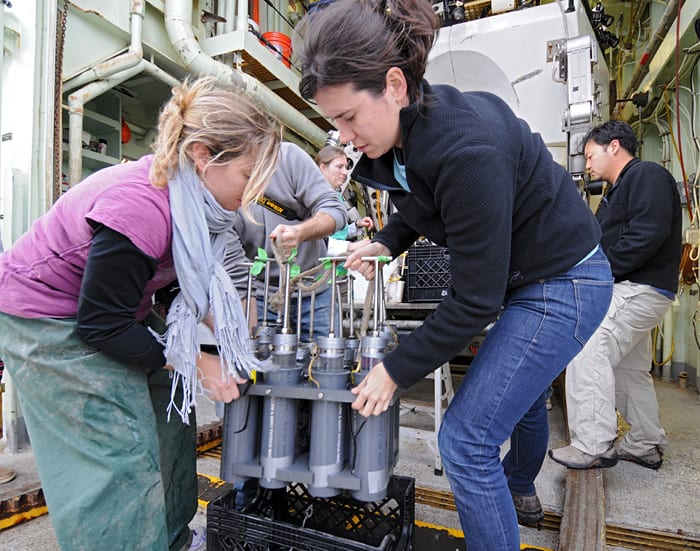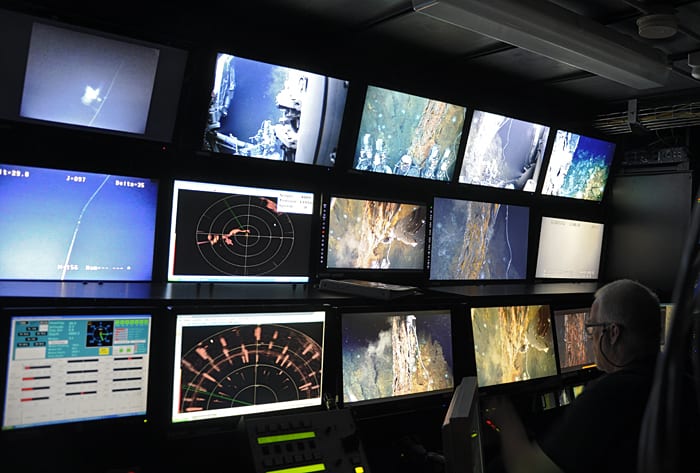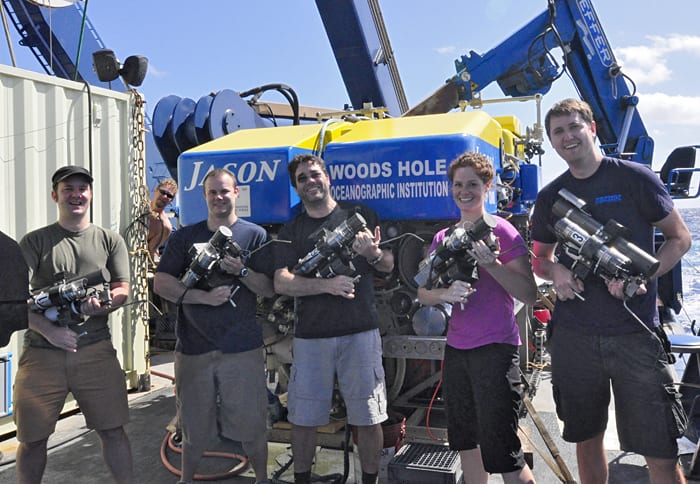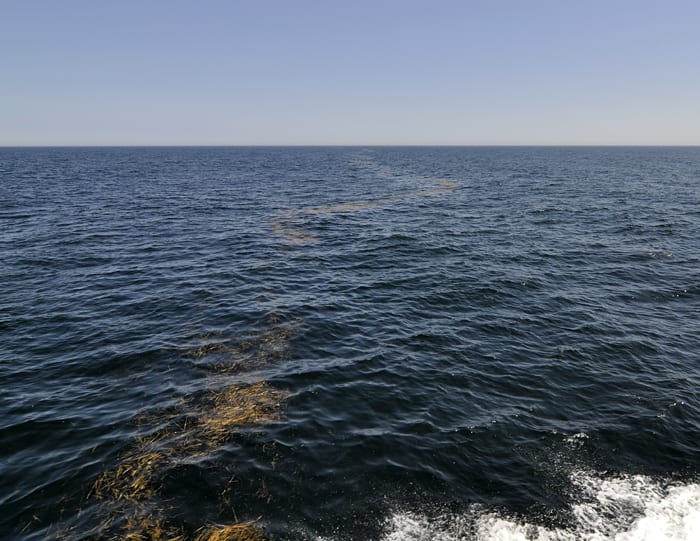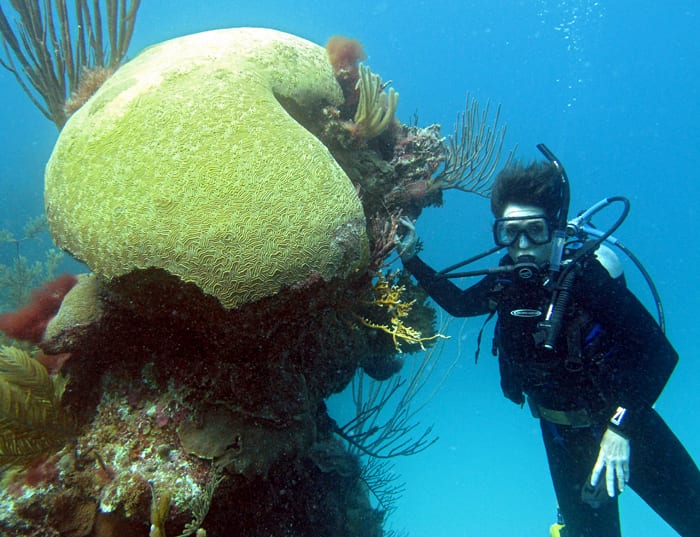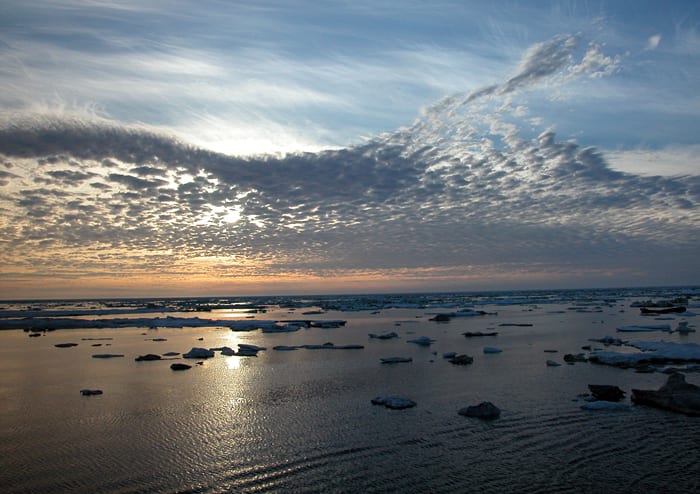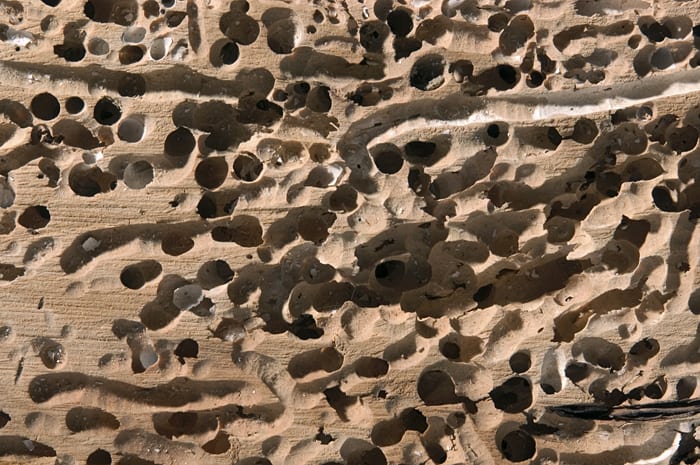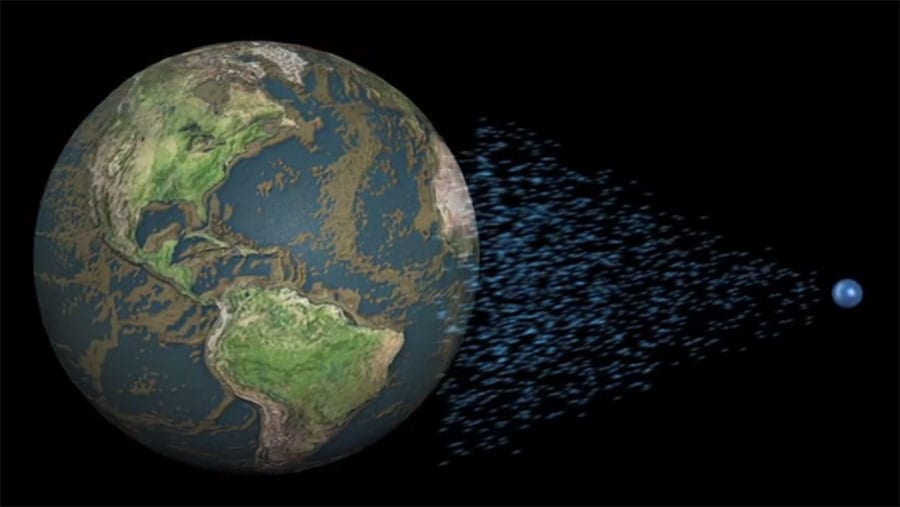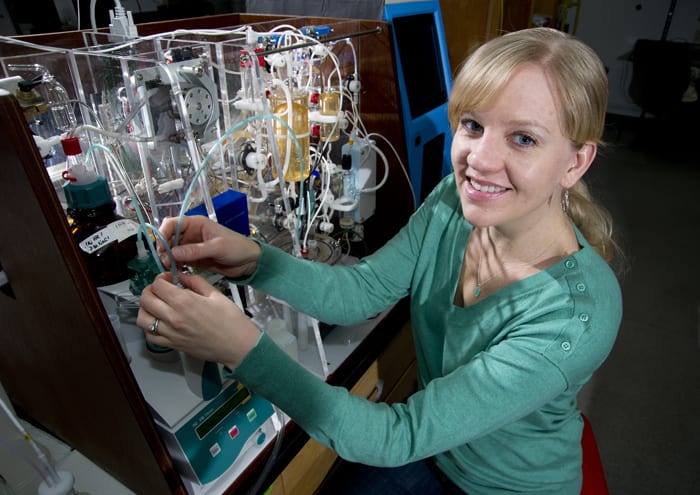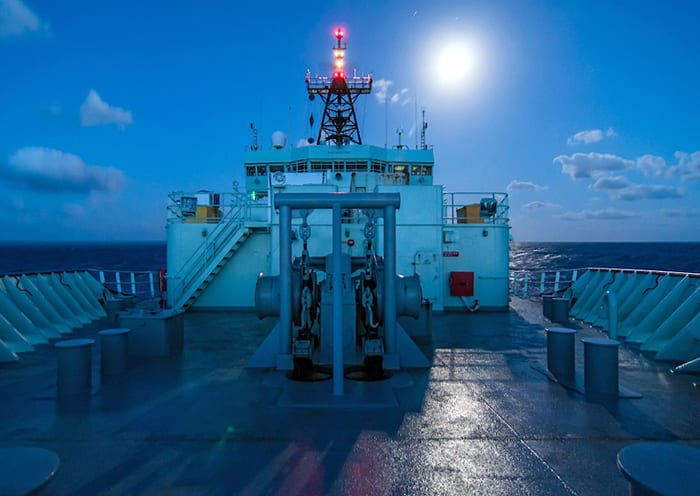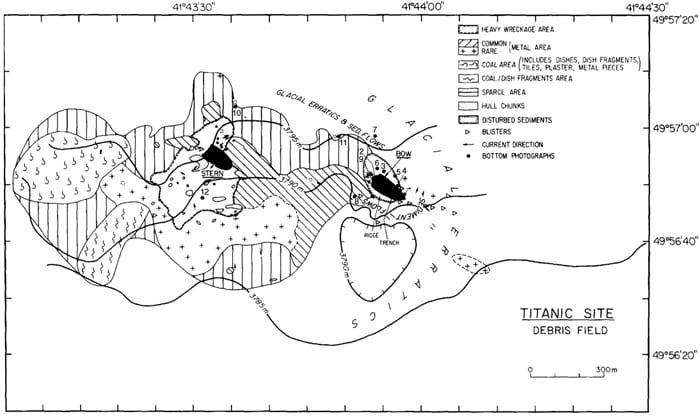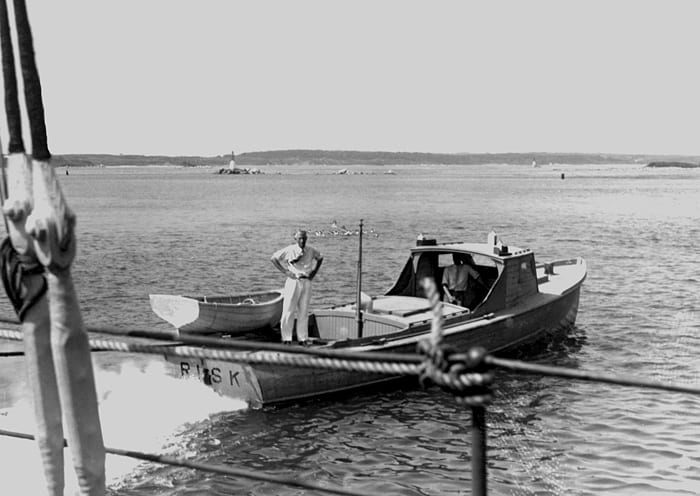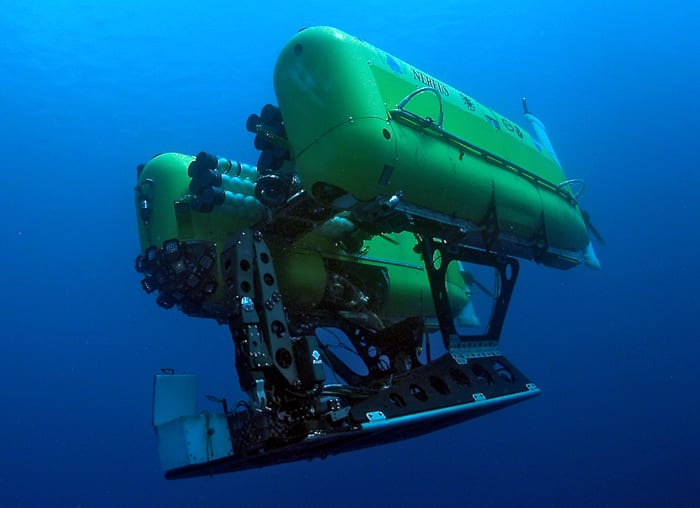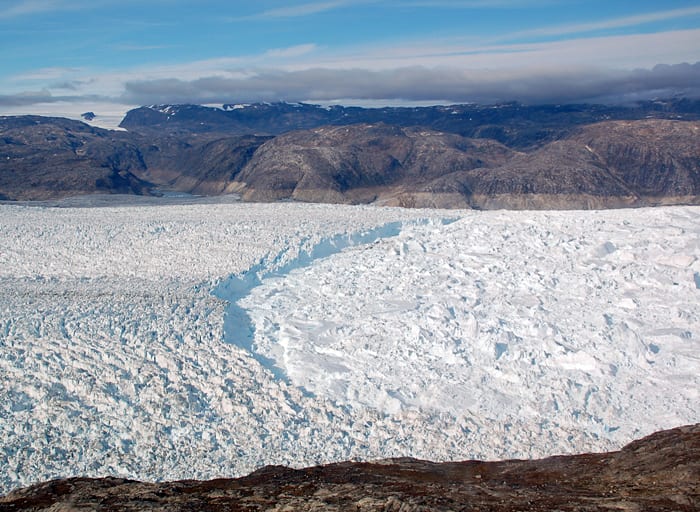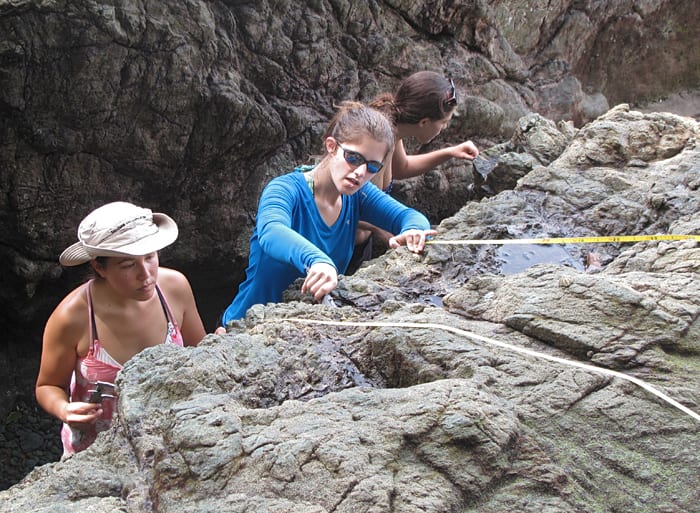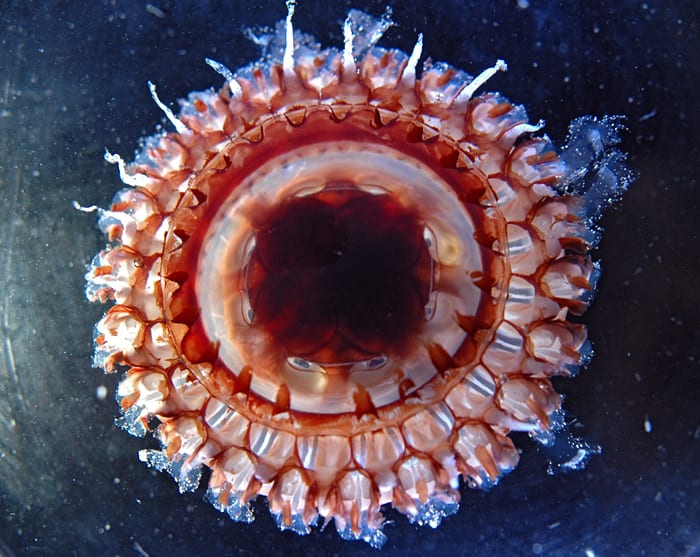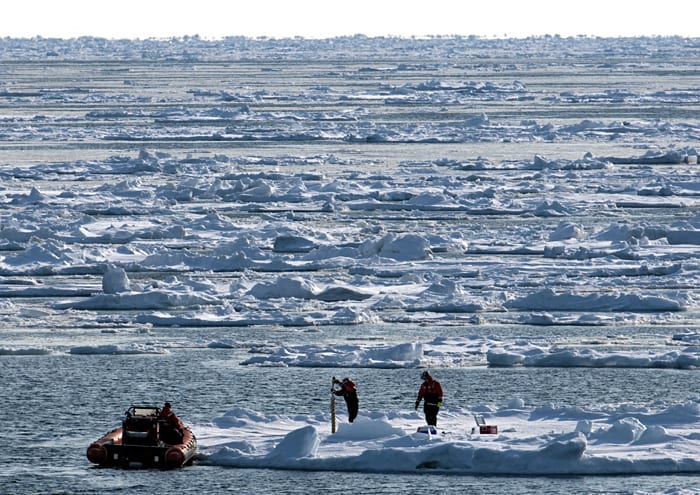Multimedia Items
Currency of Life
Researchers aboard the Canadian Coast Guard icebreaker Louis S. St. Laurent recover a mooring during a 2008 expedition to measure levels of carbon in the Arctic Ocean. The resulting study…
Read MoreShifting Sands Shuffle Cells
Does sand moving on the beach carry bacteria with it? To find out, WHOI scientists Rebecca Gast, Britt Raubenheimer, and Steve Elgar cored three sections of a beach at Duck,…
Read MoreScientific Daredevils
Tracking and measuring currents has always been a focus of ocean science. Early oceanographers needed stamina and agility at sea, as well as a bit of recklessness. Here, Edmond Watson…
Read MoreCarousel of Carbon
Round and round goes carbon around our planet. At the same time, figuratively, carbon makes the world go ’round. The element is the building block of life on Earth and,…
Read MoreSensing Trouble
The storm clouds looming behind the first environmental sample processor (ESP) as it arrived at the WHOI dock in June of 2011 spelled trouble. At sea, the instrument samples seawater,…
Read MoreArt in Ocean Science
When sculptor Cornelia Kubler Kavanagh showed photographs of her work to WHOI biological oceanographer Gareth Lawson, the scientist immediately recognized her subject as pteropods. Thus was born a unique collaboration…
Read MoreMeeting of the Minds
WHOI’s Board and Corporation have made significant contributions to the Institution’s work since its founding in 1930. New York estate and trust lawyer Lawrason Riggs Jr. (left) was treasurer the Marine…
Read MoreSampling the Gulf
Amanda Demopoulos (left) from the U.S. Geological Survey and Helen White from Haverford College remove push cores from one of the sample baskets attached to the front of the submersible…
Read MoreMission Control
Inside a dark room on the research vessel Atlantis, more than one dozen monitors display information from the remotely operated vehicle Jason, an unmanned robot working miles below the ship.…
Read MoreArmed and Ready to Sample
Members of the OASES 2012 expedition pose in front of ROV Jason, “armed” with isobaric gastight samplers. Frieder Klein, Sean Sylva, Jeff Seewald, Jill McDermott, and Eoghan Reeves (left to…
Read MoreOcean Fronts
Like the atmosphere, the ocean has fronts where masses of different temperature and salinity come together. Colder and/or saltier seawater is heavier than warmer, less salty water, and so it…
Read MoreReef as Refuge
Scientists have predicted that ocean temperatures will rise in the equatorial Pacific by the end of the century, wreaking havoc on coral reef ecosystems. But a new study published by Woods…
Read MoreWater Water Everywhere
The summer sun never sets in the Arctic, but it did provide inspiring views for scientists working around-the-clock in the summer of 2002, during a month-long expedition in the Chukchi and…
Read MoreOcean Termites
Those exploring the wreck of the Titanic have found none of the elaborate woodwork that was the hallmark of the luxury liner’s grand staircase. Any wood that does remain is…
Read MoreAll the Water on Earth
Originally published online January 1, 2012
Read MoreA Fine Balance
WHOI postdoctoral researcher Katie Shamberger makes adjustments to VINDTA (Versatile INstrument for the Determination of Total inorganic carbon and titration Alkalinity) in the lab of associate scientist Dan McCorckle. By making…
Read MoreRed White Red, Restricted Ability Ahead
Under a full moon in May 2012, R/V Atlantis stopped in the North Atlantic to lower a rosette samper with a CTD sensor into the ocean as part of the…
Read MoreThe Original Titanic Map
Following the 1985 French-American expedition that discovered the wreck of Titanic, WHOI researchers William Lange, Elazar Uchupi, and Bob Ballard examined all the still and video images captured by deep-sea…
Read MoreTwo Leaders, One Boat
Two of WHOI’s original and most storied leaders teamed up to pull the Insitution’s pioneering original vessel Atlantis away from a Woods Hole dock. WHOI’s first director, Henry Bigelow, (at…
Read MoreDeep Diver
The hybrid remotely operated vehicle (HROV) Nereus is a one-of-a-kind vehicle that can operate either as an autonomous, free-swimming robot to conduct wide-area surveys, or as a tethered vehicle for…
Read MoreHidden Secrets
This seemingly solid expanse of ice actually presents a complex oceanographic problem. Surface meltwater flowing through and beneath Helheim Glacier on the left side of the cliff in the center…
Read MoreLimpet Pools
Students in the MIT-WHOI Joint Program spent 12 days exploring a remote Panamanian island in January 2011. As part of their coursework, (from left) Li Ling Hamady, Liz Drenkard, and…
Read MoreColor and Flash in the Depths
From the underside, the deep-sea jellyfish Atolla, which can be ten inches across, looks like a flower or a chandelier, not an animal. Atolla is abundant around the world at…
Read MoreAn Icy Ecosystem
In an April 2009 polar expedition, 41 scientists led by WHOI biologist Carin Ashjian set off on the U.S. Coast Guard Cutter Healy to examine how climate change might be…
Read More
